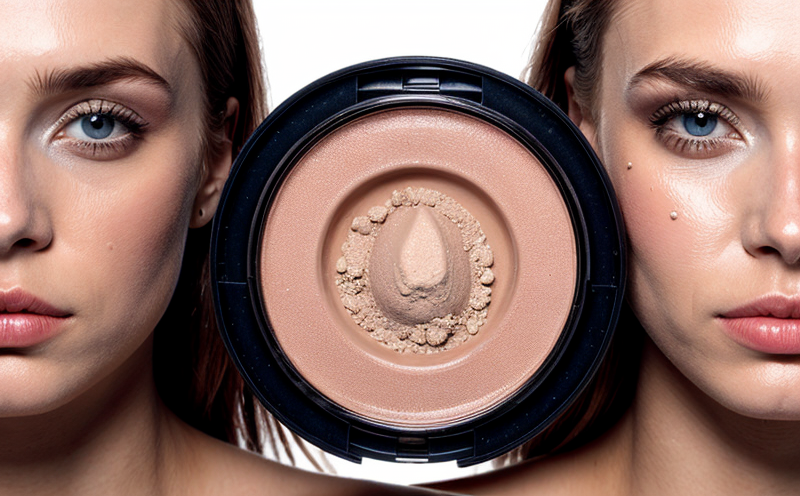Uranium Trace Analysis in Cosmetic Products
The presence of uranium in cosmetic products is a growing concern due to its potential health risks. Uranium can enter cosmetics through various means, including contaminated raw materials or accidental contamination during manufacturing processes. This service provides detailed trace analysis for uranium in cosmetic formulations and ingredients.
Our laboratory employs advanced analytical techniques to ensure accurate detection levels down to parts per billion (ppb). The importance of this analysis lies in the regulatory compliance and consumer safety. Regulatory bodies such as the European Commission's Cosmetic Regulation (EC 1223/2009) mandate that cosmetic products must not contain harmful substances, including heavy metals like uranium.
Our team works with quality managers, compliance officers, R&D engineers, and procurement specialists to ensure that their products meet stringent standards. The process involves rigorous sample preparation followed by instrumental analysis using Inductively Coupled Plasma Mass Spectrometry (ICP-MS) for accurate quantification of uranium levels.
The significance of this service extends beyond mere compliance; it also supports a proactive approach towards product safety and quality assurance. By identifying potential contaminants early in the development or production cycle, manufacturers can take corrective actions to prevent issues from reaching consumers.
To achieve reliable results, our laboratory adheres strictly to international standards such as ISO 17025 for proficiency testing and validation of analytical methods. This ensures that every result we provide is accurate, traceable, and replicable.
The ability to detect uranium traces in cosmetics is crucial not only for regulatory compliance but also for maintaining public trust. Consumers increasingly demand transparency regarding the safety and quality of the products they use. By offering this service, we contribute positively to both these objectives.
Scope and Methodology
Scope: This analysis focuses on detecting uranium (U) at trace levels in cosmetic products. The target range for detection is between 0.1 ppb and 50 ppm, depending on the product type.
| Sample Type | Target Range (ppb) | Expected Detection Limits (ppb) |
|---|---|---|
| Solid Cosmetics | 0.1-50 ppb | <0.2 ppb |
| Liquid Cosmetics | 0.1-50 ppb | <0.2 ppb |
| Semisolid Cosmetics | 0.1-50 ppb | <0.2 ppb |
Methodology: The analysis is conducted using Inductively Coupled Plasma Mass Spectrometry (ICP-MS). Samples are prepared by dissolving them in nitric acid, followed by dilution if necessary. Calibration standards are prepared over the range of interest to ensure accurate quantification.
Environmental and Sustainability Contributions
- Reduces environmental risk associated with improperly managed waste streams from cosmetic manufacturing.
- Promotes transparency in supply chains, encouraging companies to source materials responsibly.
- Supports recycling efforts by ensuring that potentially hazardous components are identified early in the process.
- Aids in reducing consumer exposure to harmful substances through proactive quality control measures.
The identification and removal of uranium from cosmetic products contribute significantly to environmental protection. By minimizing waste and promoting responsible sourcing practices, our service helps create a more sustainable industry.
Competitive Advantage and Market Impact
- Pioneering technology that allows for early detection of trace contaminants in cosmetics.
- Achievement of compliance with international standards, enhancing brand reputation.
- Enhanced trust among consumers through transparent communication about product safety.
- Supports innovation by enabling the development of safer cosmetic formulations.
This service provides a competitive edge by ensuring that products meet or exceed regulatory requirements. It also builds long-term relationships with customers who value quality and safety in their products.





